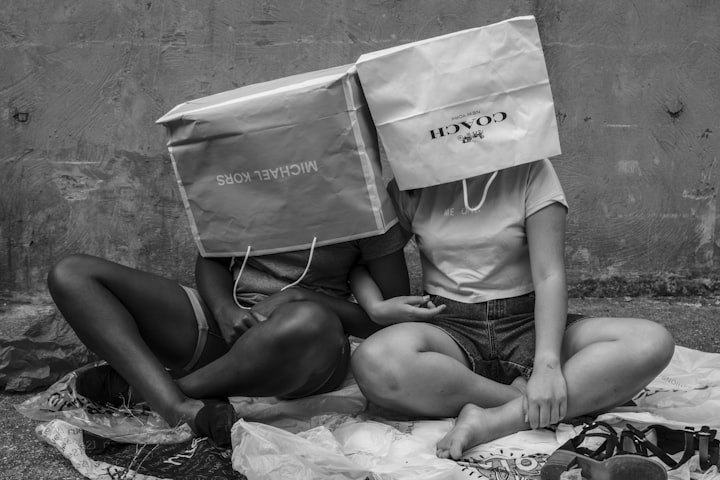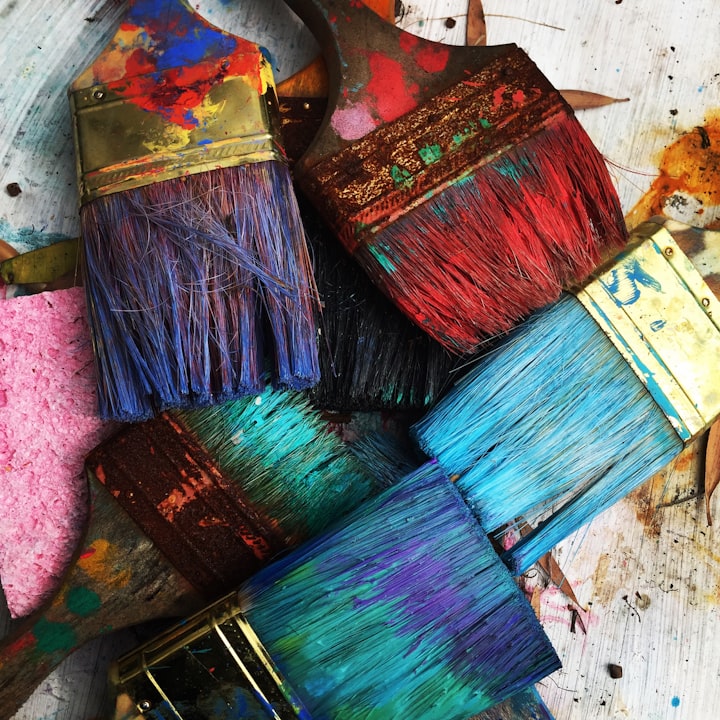The art of storytelling in photography
How to use composition, lighting, and emotion to create powerful images

Hey there photography enthusiasts! Have you ever wondered how to take your photos to the next level and create truly powerful and impactful images? The key is in the art of storytelling. And in this blog post, we're going to dive deep into how to use composition, lighting, and emotion to tell a compelling visual story.
First off, let's talk about composition. This is all about how you arrange the elements in your image, like lines, shapes, and patterns. And by carefully composing your shot, you can evoke different emotions in the viewer. For example, a symmetrical composition can create a sense of balance and stability, like a ship sailing smoothly on calm waters, while an asymmetrical one can create a sense of tension and drama, like a ship on the verge of capsizing in a stormy sea. The rule of thirds is also a classic composition technique that can help create balance and harmony in your image, like a symphony of visual elements.
Next up, lighting. It's amazing how much of an impact lighting can have on the mood and emotion of an image. Whether it's natural light or artificial, backlighting or side lighting, each one can be used to create a different feeling. For example, natural light can create a sense of warmth and intimacy, like a cozy fire on a cold winter night, while artificial light can create a sense of drama and tension, like a crime scene under the bright lights of a police investigation. And don't forget about color temperature, which can also be used to create different moods and emotions, like the cool blue hues of a winter landscape or the warm orange hues of a sunset.
Emotion is also a key element in storytelling through photography. By capturing and conveying different emotions like happiness, sadness, or fear, you can connect with the viewer on a deeper level. And this can be achieved through composition, lighting, and the subject matter you choose. For example, facial expressions and body language can convey emotion, like a smile that can light up a room or a frown that can darken it, while context can also play a big role in how an image is perceived, like a wedding photo taken in a beautiful garden versus a funeral photo taken in a cemetery.
We can't forget about photojournalism and visual storytelling. Photojournalism is all about using images to shape public opinion and bring attention to important social and political issues, like a photograph of a protest or a war zone. And visual storytelling can be used to convey these issues in a powerful and impactful way, like a photo essay that can give a voice to the voiceless. But it's important to remember the ethics of photojournalism and ensuring that the images are truthful and accurate, like a mirror that reflects the truth without any distortions.
When it comes to composition techniques, there are so many ways to create powerful images that tell a story. For example, using foreground, middle ground, and background can create a sense of depth in an image, like layers of a cake. And cropping can be used to create a sense of intimacy and focus, like a close-up shot of a face. Symmetry and asymmetry can also be used to create a sense of balance and imbalance, like a seesaw, while contrast can create drama and tension, like a light and shadow play.
The impact of photography on society is undeniable. From bringing attention to important social and political issues to shaping public opinion, photography can be a powerful tool for change, like a pen that writes history. That's why it's important to be responsible with our images and the stories we tell, like a guardian of truth and justice.
There are also advanced storytelling techniques like using series and photo essays to create a deeper understanding of a subject, like chapters in a novel, or using sound, movement, and text to create a multidimensional story, like a movie. Landscape and panoramic photography can also be used to convey a sense of place and time, like a painting that captures a moment in history.
In conclusion, the art of storytelling in photography is all about using composition, lighting, and emotion to create powerful and impactful images. Experiment with different techniques, find inspiration, and continue to learn and grow as a photographer, like a journey of discovery. And don't forget to check out the additional resources we've provided for further learning and inspiration. Happy shooting!
And that's it folks! Remember, the key to great storytelling in photography is to pay attention to the details, like composition, lighting and emotion. And don't be afraid to experiment and try new things, like a scientist who conducts experiments. Keep practicing, keep learning and keep growing as a photographer, like a tree that grows taller and stronger. And who knows, maybe one day your images will be the ones shaping public opinion and inspiring change, like a spark that starts a fire. So go out there and start capturing those visual stories!
About the Creator
Mohammad Hammash
Web search lover🔍 & bookworm📚. Passionate about innovation💡, creativity🎨. Seeking new ideas & perspectives🌉. Making positive impact using tech🌍 humanity💕






Comments
There are no comments for this story
Be the first to respond and start the conversation.